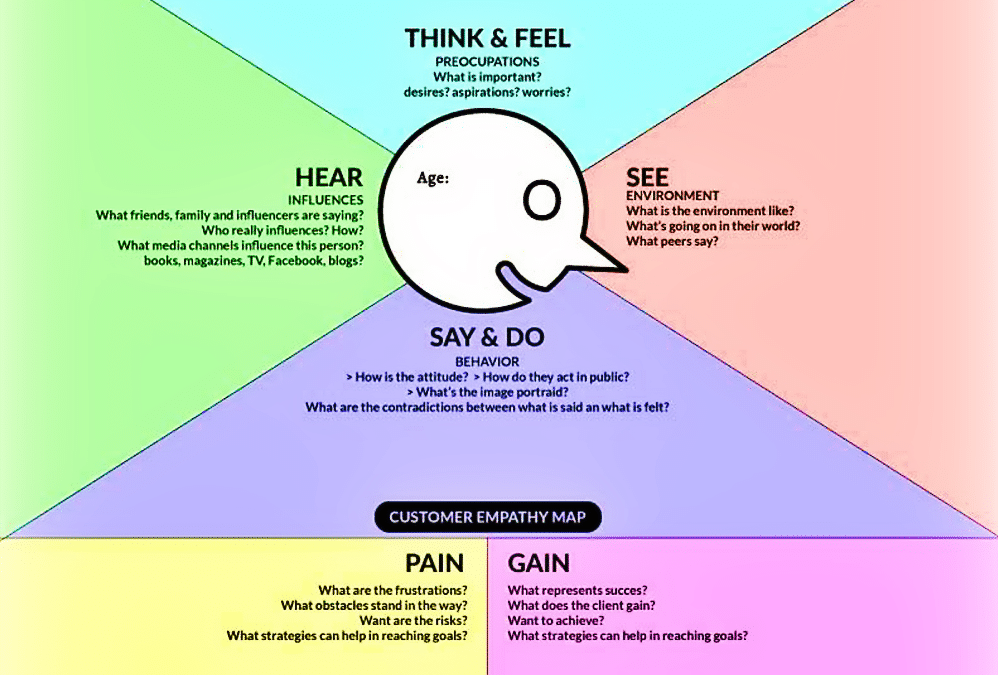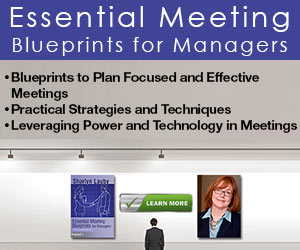Estimated reading time: 4 minutes
I’ve seen a few articles lately – and I’m sure you have too – about the relationship between artificial intelligence (AI) and empathy. The articles implying that with the increase in AI, there will be a decrease in empathy.
Empathy is a very difficult topic. It’s defined as being able to understand and share the feelings of another. And it’s often confused with sympathy. In thinking about empathy, I was reminded of a session that I attended at a conference years ago. This was an event for WordPress developers and since HR Bartender runs on WordPress, Mr. Bartender and I thought it would be interesting to attend. The session was about the user experience and how developers need to have empathy for users when designing websites. The speaker said, “You are designing for other people. Who are these people? What do they think and feel?”
That question about the user experience immediately made me think of the employee experience. Even if the organization is using AI tools, they should be asking themselves, “You’re designing for employees. Who are our employees? What do they think and feel?” One way we can get to the answers of these questions is by creating an empathy map.
An empathy map is a template that helps identify what individuals think, feel, hear, see, and do. Developers also use them during the design process. I could see them being a useful tool for HR and management to develop employee personas.
Organizations already develop customer personas as part of their marketing plans. And HR departments create candidate personas as part of their talent acquisition strategy. Why not create an employee persona to help with the development of the employee experience? One note before we go any further, personas are not intended to be tools for discrimination and/or exclusion. Personas are designed to creating understanding and focus to help find ways to connect the audience with the organization.
The idea behind using an empathy map for the employee experience is to gather data about the current employee experience and then analyze it. Organizations can collect data via face-to-face interviews, focus groups, and surveys. The information would help the organization understand employee motivations, frustrations, and goals. Because the intent of the employee experience is to increase engagement and reduce frustrations, so employees are able to work productively and accomplish their goals.
Once we have a better understanding of our current employee experience (by creating employee personas from the empathy maps), the organization can create a plan to create or redesign the employee experience. If the company already has an employee experience strategy, then it’s possible this activity will confirm your actions. Or maybe indicate that a couple of things need tweaking. The organization can use a traditional gap analysis, create a journey map, or my personal favorite build a SMART plan. Bottom-line: use an action planning tool that you know yields results. Execution is key.
One more thing. Consider creating stories to connect employees to the plan. Storytelling is a powerful tool, and this could be a great way to market that the organization is listening and act. A simple 3-step storytelling model is WHO – WHAT – WHY. Have employees fill in the blanks: As a WHO, I want to WHAT, so I get this WHY. An employee response might look like, “As a manager, I want my employees to succeed, so I can help the company achieve its goals.”
As organizations are thinking about their plans for next year, this is a perfect time to revisit the organization’s employee experience strategy to ensure that employee needs are still being met. Organizations and employees want the same thing – high performance. So put the strategy in place to achieve it.
Customer empathy map courtesy of Orange Snowman






